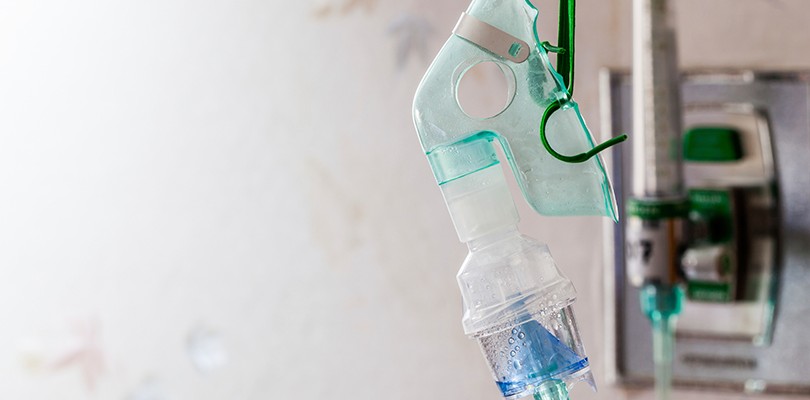
Photo Credit: Adkasai / istockphoto.com
3. Oxygen Therapy
When you experience a flare-up and go to the hospital for treatment, oxygen therapy is often provided along with medication. Continuous oxygen therapy is also indicated in advanced stages of COPD and is used at home.
Oxygen therapy is effective in helping the lungs function better and helping COPD patients stay more active. It may reduce your shortness of breath, improve your energy levels, help you sleep better, and even add years to your life.
A variety of devices are now available, including portable oxygen units that you carry around with you at all times. Generally speaking, oxygen therapy is considered safe but can increase the risk of fire hazards. Make sure you follow the instructions from the home equipment provider.
Resources
University of Maryland Medical Center (Chronic obstructive pulmonary disease)NetDoctor.co.uk (What happens to your body once you quit smoking?)National Heart, Lung, and Blood Institute (What Is Oxygen Therapy?)University of Maryland Medical Center (Lung Volume Reduction Surgery)Mayo Clinic (Acupuncture)Over time, COPD can cause heart complications. Learn about the connection between COPD and heart failure so you can protect your health.








